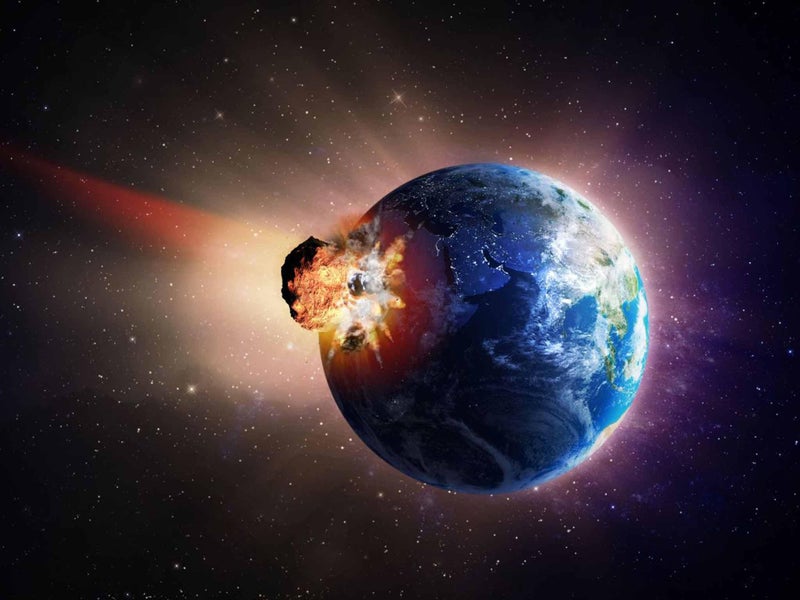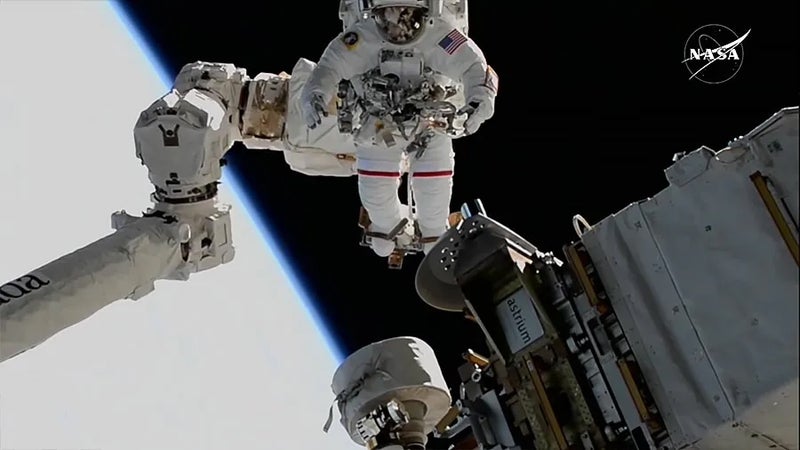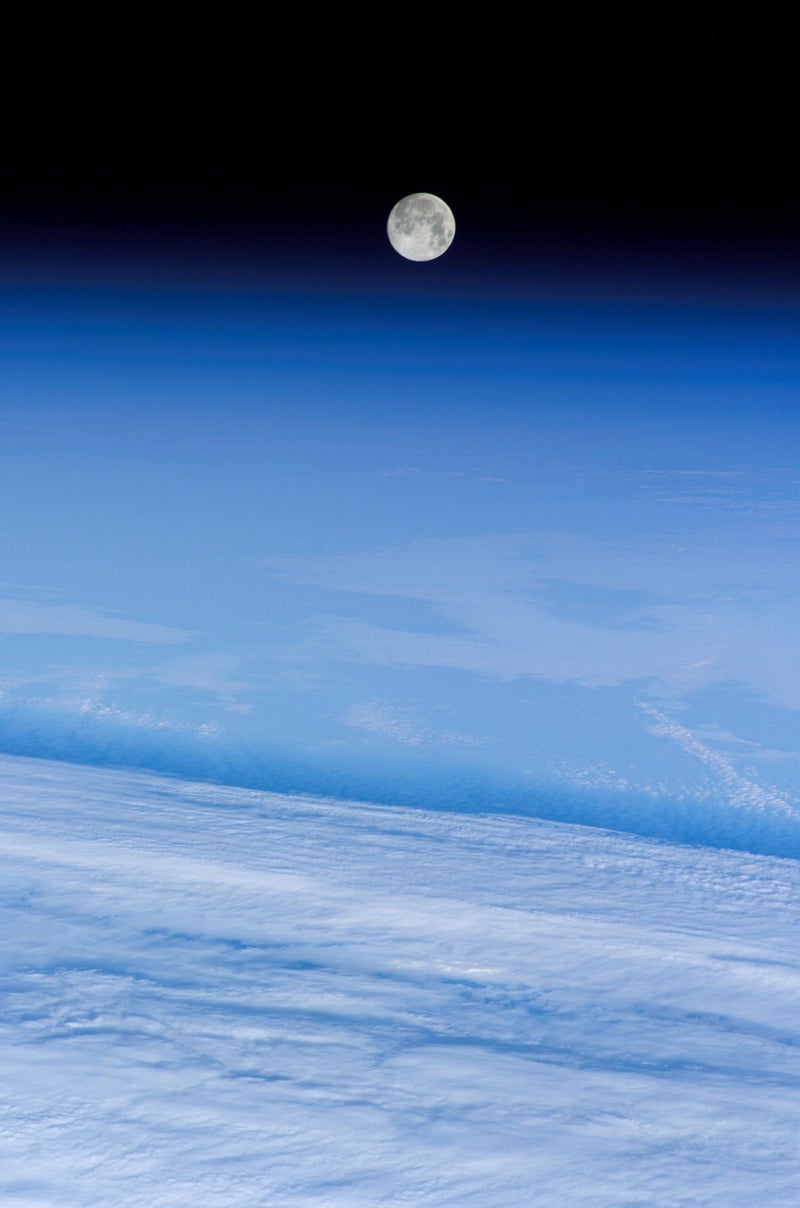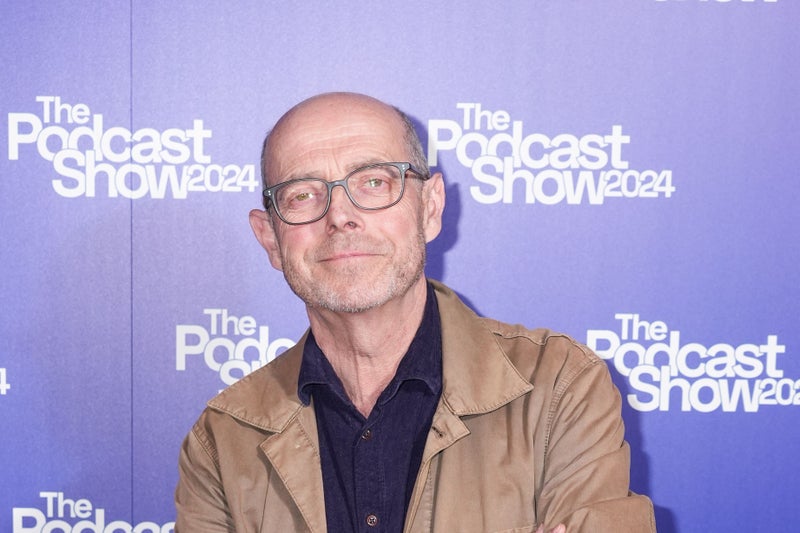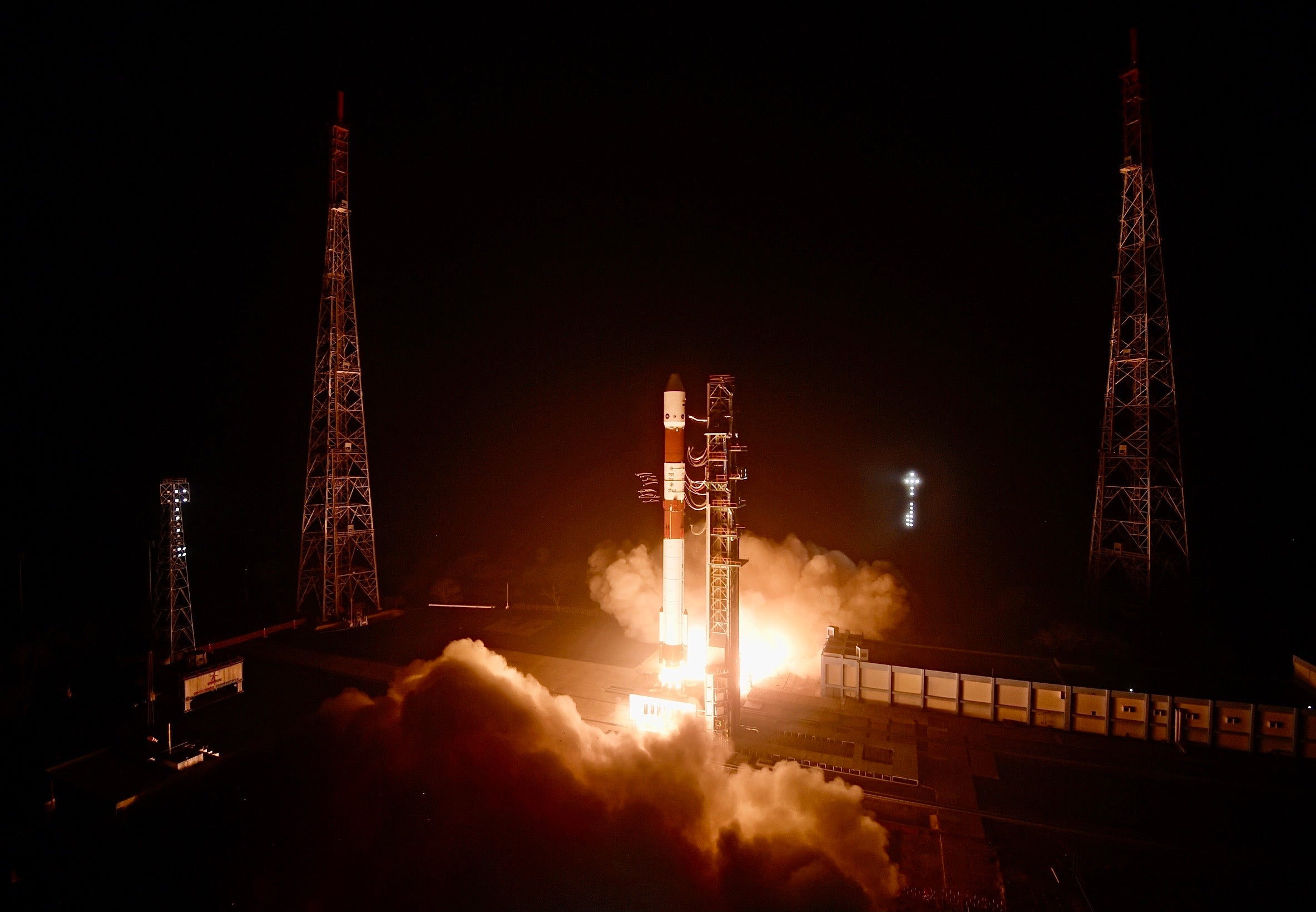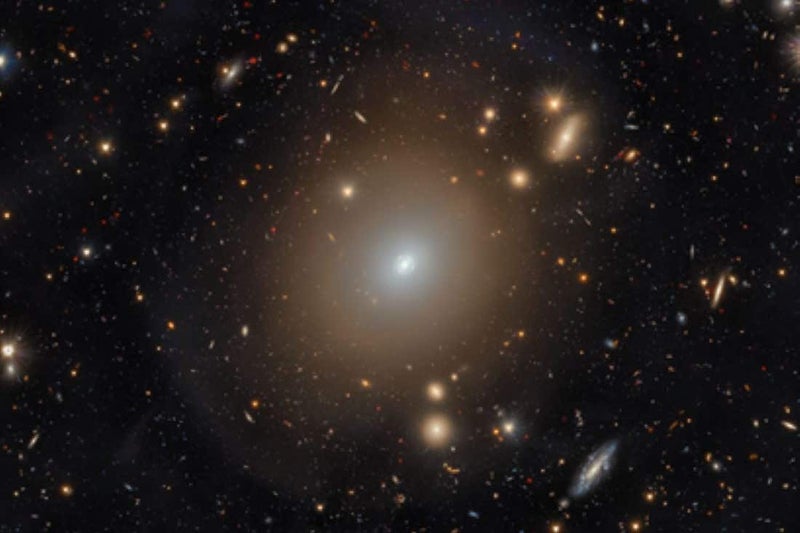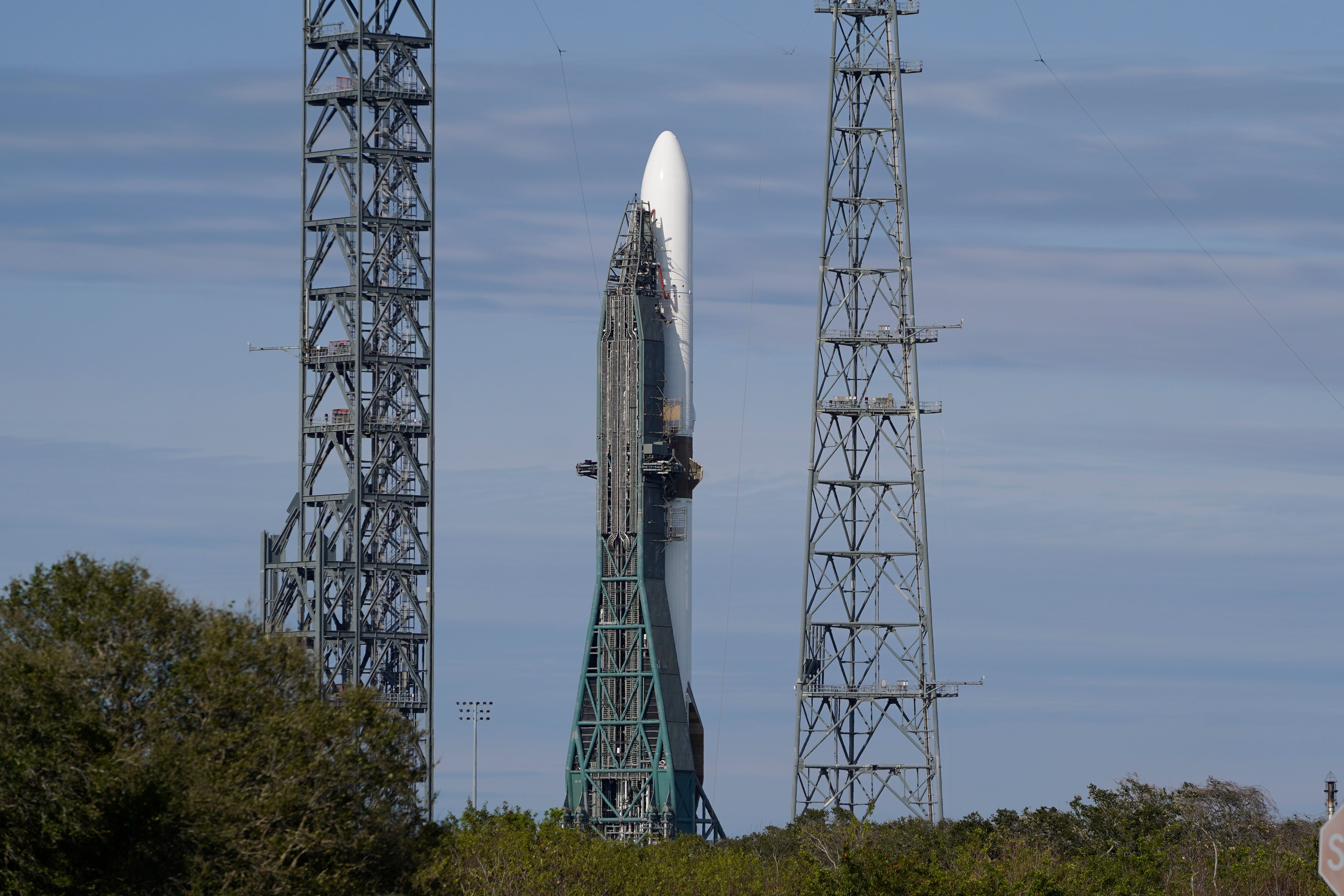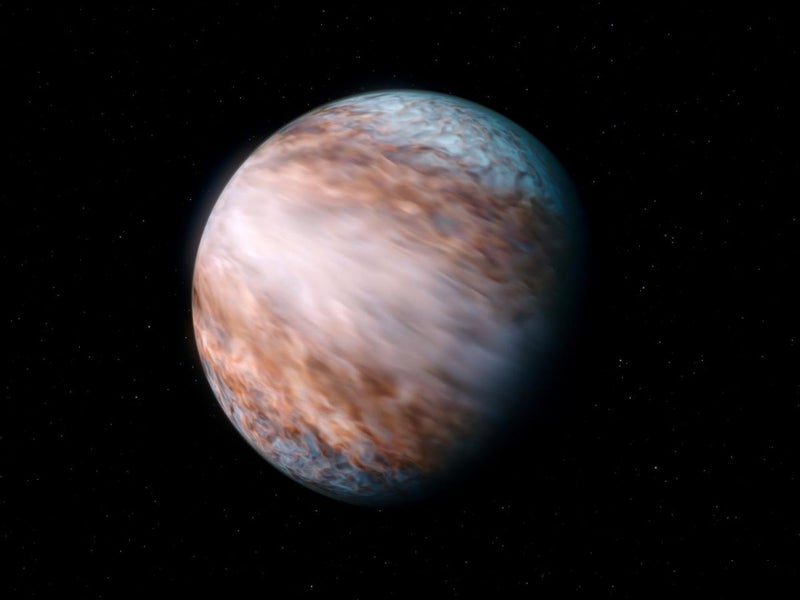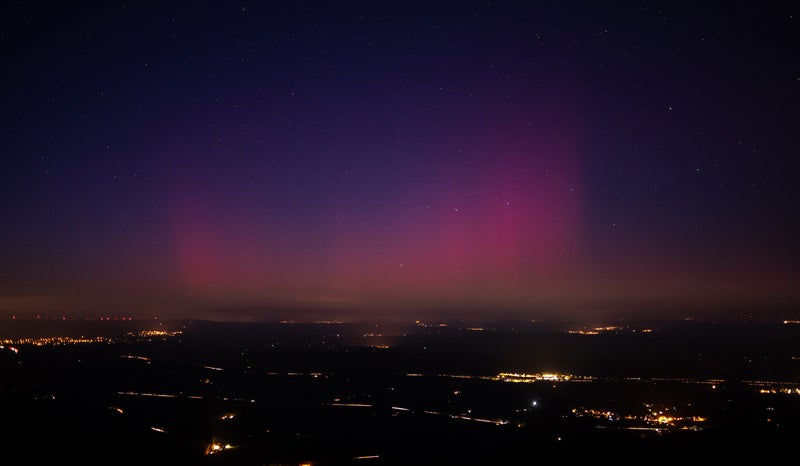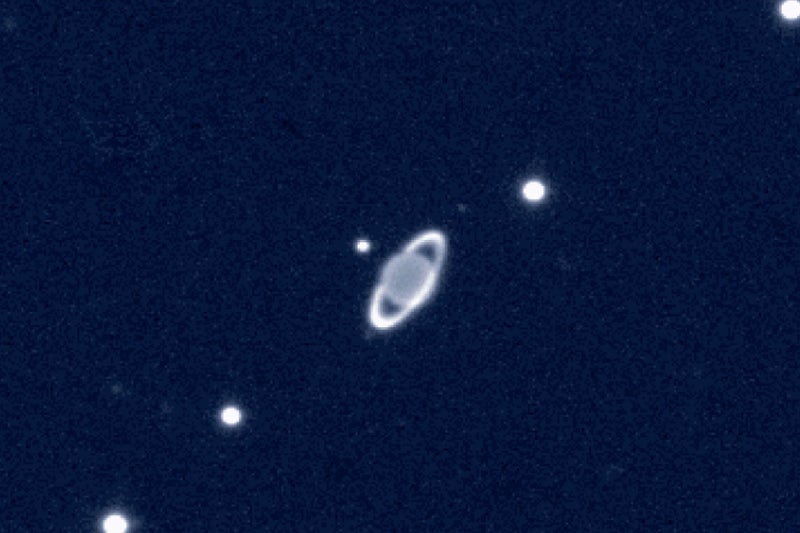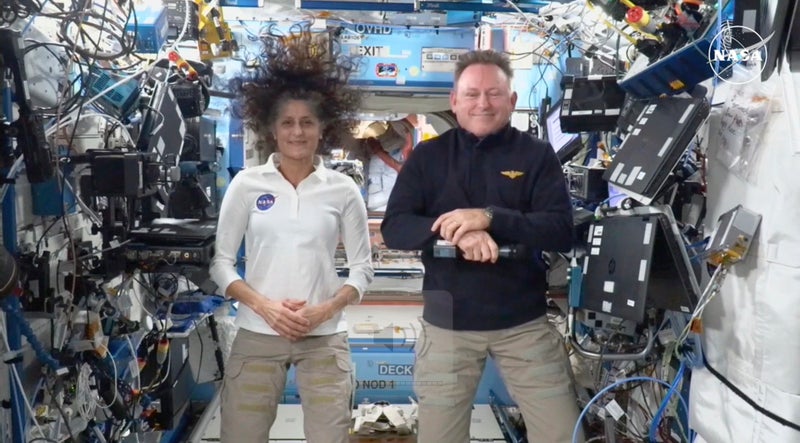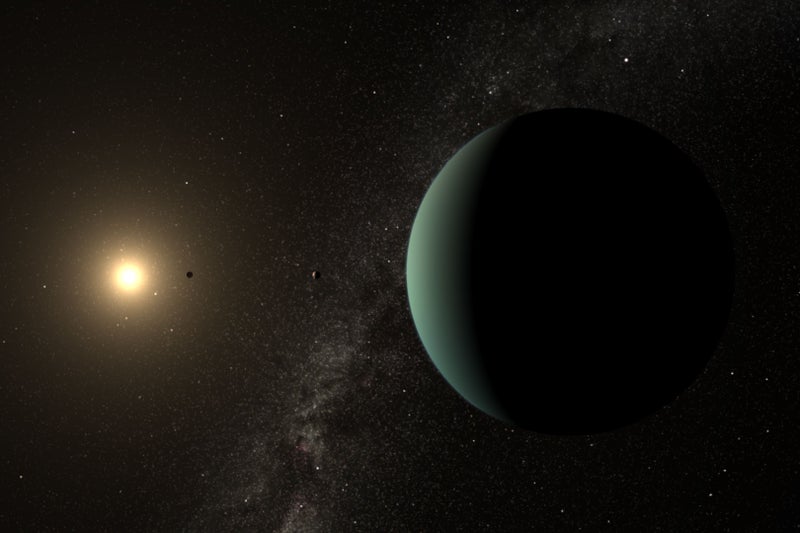On the world's first Asteroid Day, Nina Burleigh discovers that Nasa has already commissioned a team of 'planetary defenders' for whom the question is not if but when. There have been a few near misses over the years, but what would we do in the event of an actual meteor strike?. Earlier this year, while war and chaos continued to unfold further east, scientists gathered on the outskirts of Rome to discuss another sort of catastrophe. Astronomers and physicists from some of the world's top institutions grappled with a dire scenario: an asteroid up to 1,300ft in diameter – big enough to cause epochal damage – was hurtling towards Earth, and the countries likely to be hit included some of the poorest and most unstable in the world. Policymakers bickered over whether to try to blow it up or move it, and nations nearly went to war over whether deflecting it would make the fiery rock more likely to land on them….
![[Damage at a factory after a rock exploded in the sky in Siberia]](https://static.independent.co.uk/s3fs-public/thumbnails/image/2015/06/29/16/meteor-russia-afp.jpg)
Relax. It was only a drill. Had it been a real emergency, you would have been instructed to kiss the world – or a large chunk of it – goodbye. Watching this five-day asteroid war game from the wings were two Americans, one from the scientific world and one from the military. These elder statesmen of what's called planetary defence have been responsible for reminding policymakers that the planet and all life on it have been shaped by big rocks from outer space slamming into it. Dave Morrison was one of the first researchers to suggest that, unlike the dinosaurs made extinct by an asteroid impact, we might be able to defend ourselves.
Former US Air Force Lieutenant Colonel Lindley Johnson was eventually put in charge of Nasa's Near-Earth Object (NEO) division after first suggesting in the 1990s that the Air Force track asteroids. These men, along with all the world's dedicated planetary defenders, are proud (and relieved) that the Big Question has evolved from what if a cataclysm-inducing space rock is aiming for us – we now know an impact is inevitable – to what will we do about it.
That question was the main topic of that mid-April meeting held in a conference hall in Rome. The European Space Agency had invited astronomers, physicists, nuclear engineers and mathematicians to discuss the slim possibility of a space rock smashing into Earth and causing regional damage or maybe even the end of civilization. Scientists today can tell us, with various degrees of certainty, that an object will smash into the planet in, say, 200 years, and they believe we can probably stop it. But nobody knows how people could or would cooperate to face a global peril – and in an age when many politicians deny climate change, can we even count on them to believe the hazard is real?.
Morrison was, in 1989, one of the first scientists to warn the public about asteroids, with Cosmic Catastrophes, a book he co-wrote with astronomer Clark Chapman. Since then, the field has grown to include national space agencies, the US Congress, the United Nations and labs filled with specialists. Thanks to their efforts, more than 150,000 asteroids are now registered with the Smithsonian's Minor Planet Center. However, the defenders estimate there are tens to hundreds of thousands more out there that we cannot see, many hidden by the sun.
Meanwhile, about 12,700 of those identified are categorised as NEOs, with orbits that come within 121 million miles of the sun, of which about 1,000 NEOs are civilisation-enders – larger than a half mile in diameter. None of the behemoths seems to be a likely threat, but about 1,600 other mapped NEOs may be headed our way, and an impact could kill millions. Asteroid impact was first identified by the late geologist Gene Shoemaker when he was examining lunar craters in the 1950s for the US space programme. Eventually, with another scientist called Edward Chao, he discovered coesite, a type of silica produced in a violent impact. But his most important find – in terms of planetary defence – was Comet Shoemaker-Levy 9, which smashed into Jupiter in 1994. It was the first extra-terrestrial impact human beings had predicted and then observed in real time. This gave scientists confidence that similar calculations could be made for Earth.
Around the same time that Shoemaker was compiling his notes on coesite, geologist Walter Alvarez discovered a layer of iridium-infused clay at the geological strata separating the era of the dinosaurs and our epoch – and iridium is extremely rare on Earth but common in meteorites. Geologists soon found a similar iridium layer at the same geological strata in other parts of the world and postulated that a catastrophic impact had occurred around the time the dinosaurs became extinct. (Scientists even know where – just off the Yucatan Peninsula, at Chicxulub). In the decades since, they have learned more about how extra-terrestrial impacts have changed our planet. They believe our moon is the result of a collision between two planets the size of Mars and Venus.

